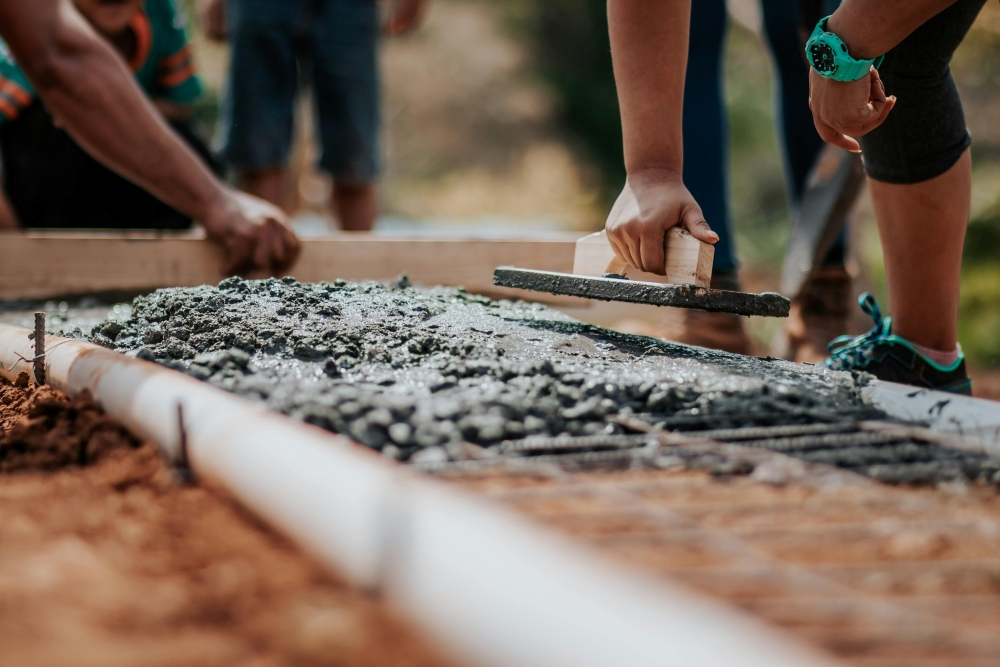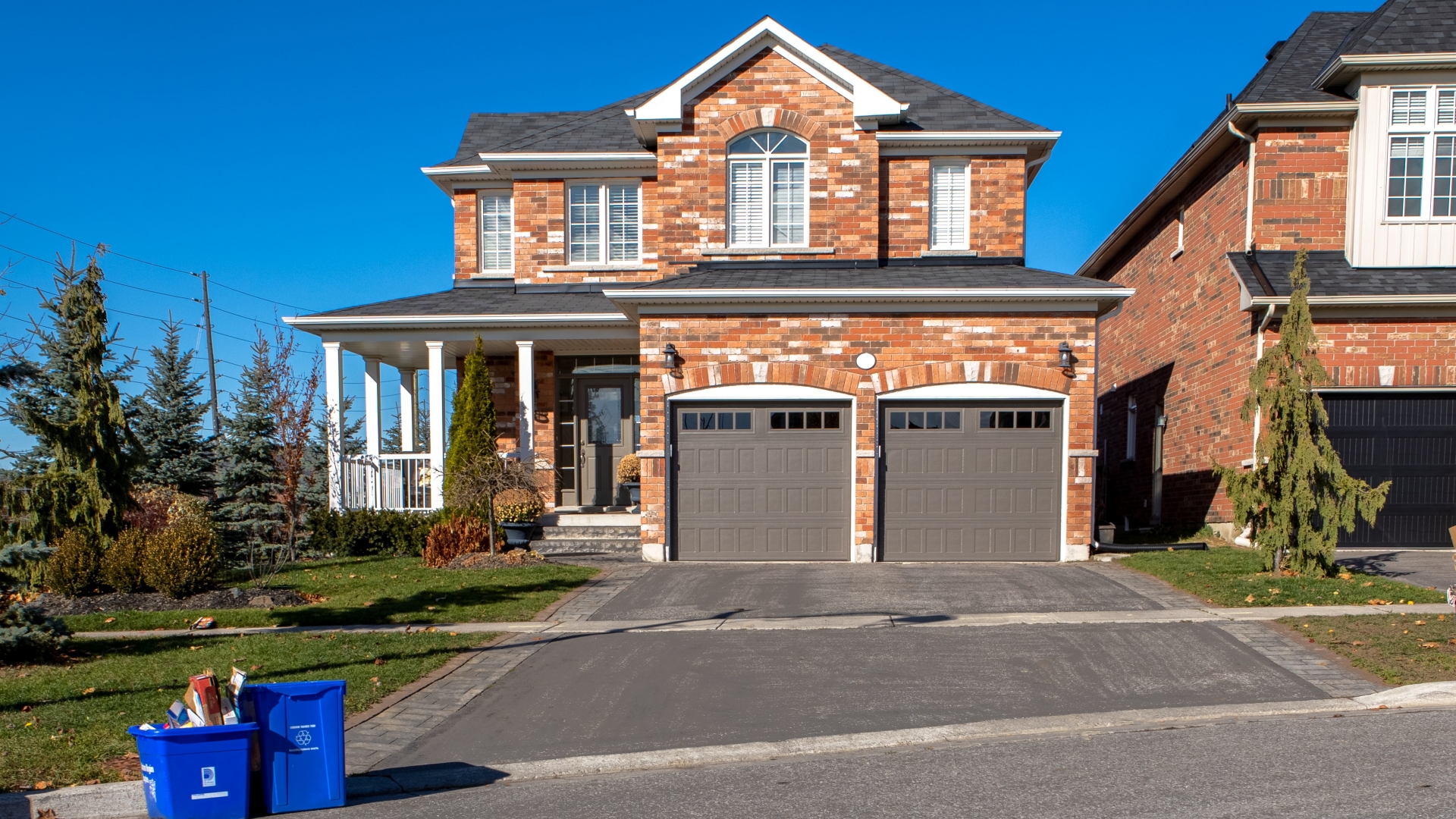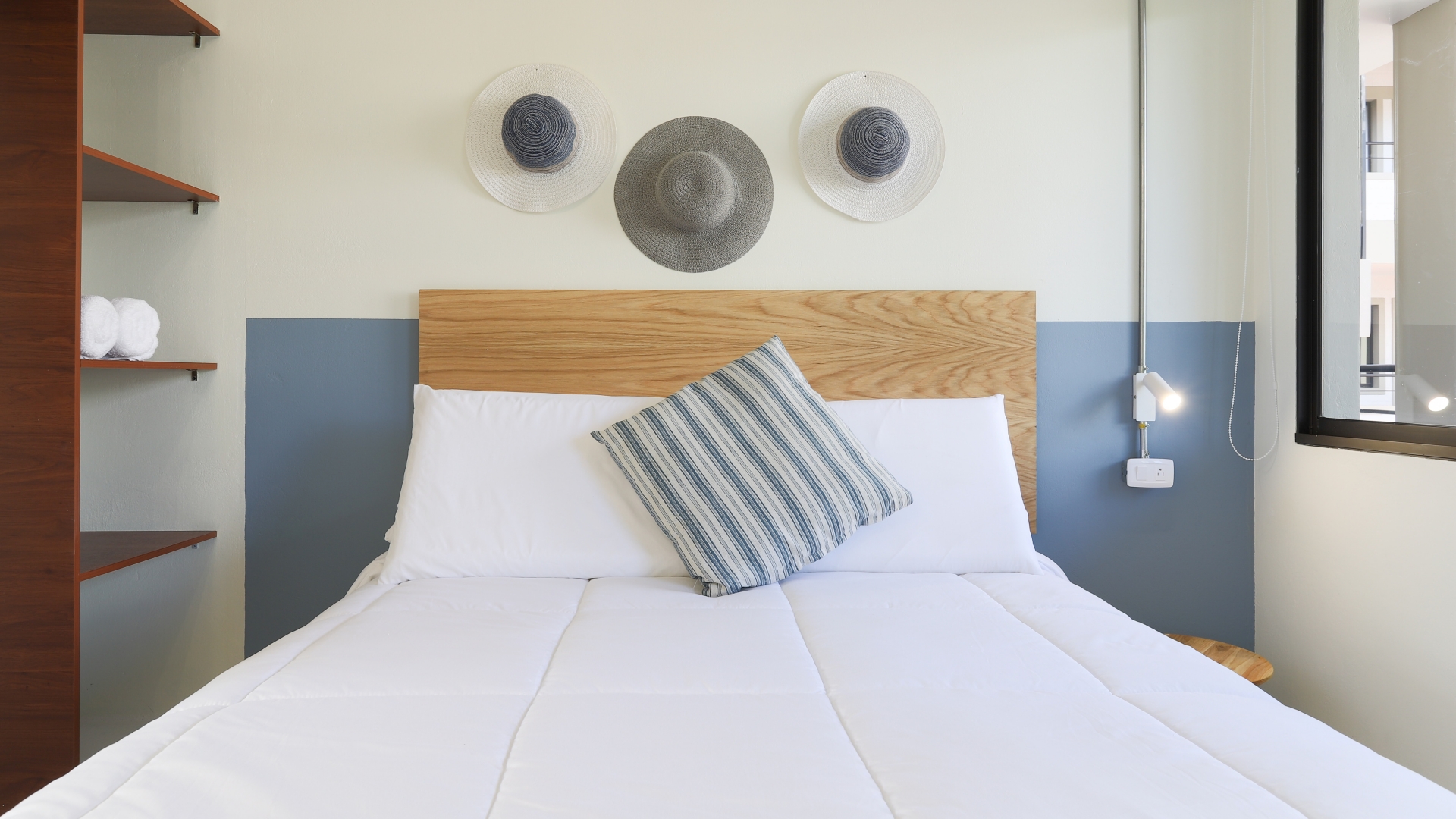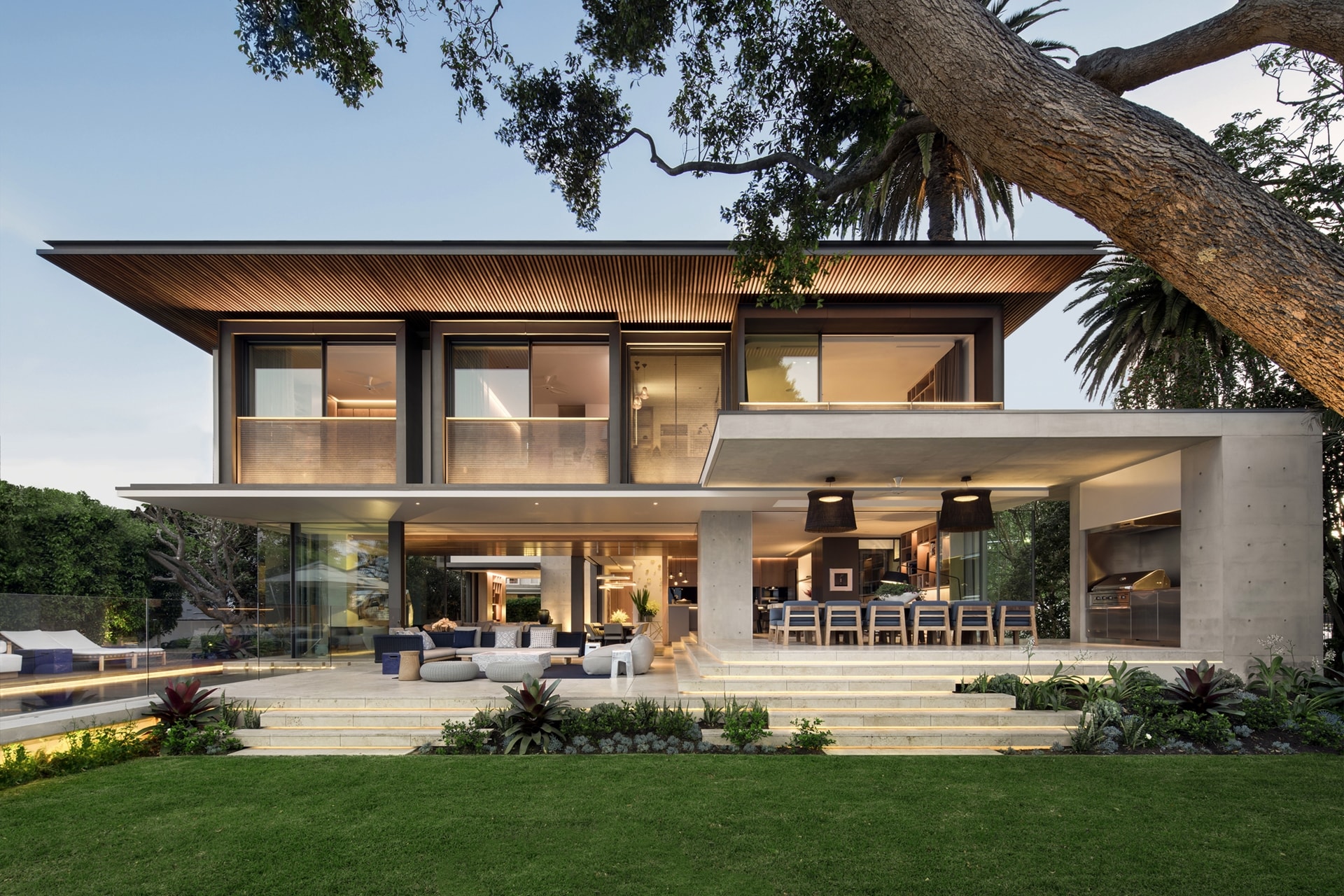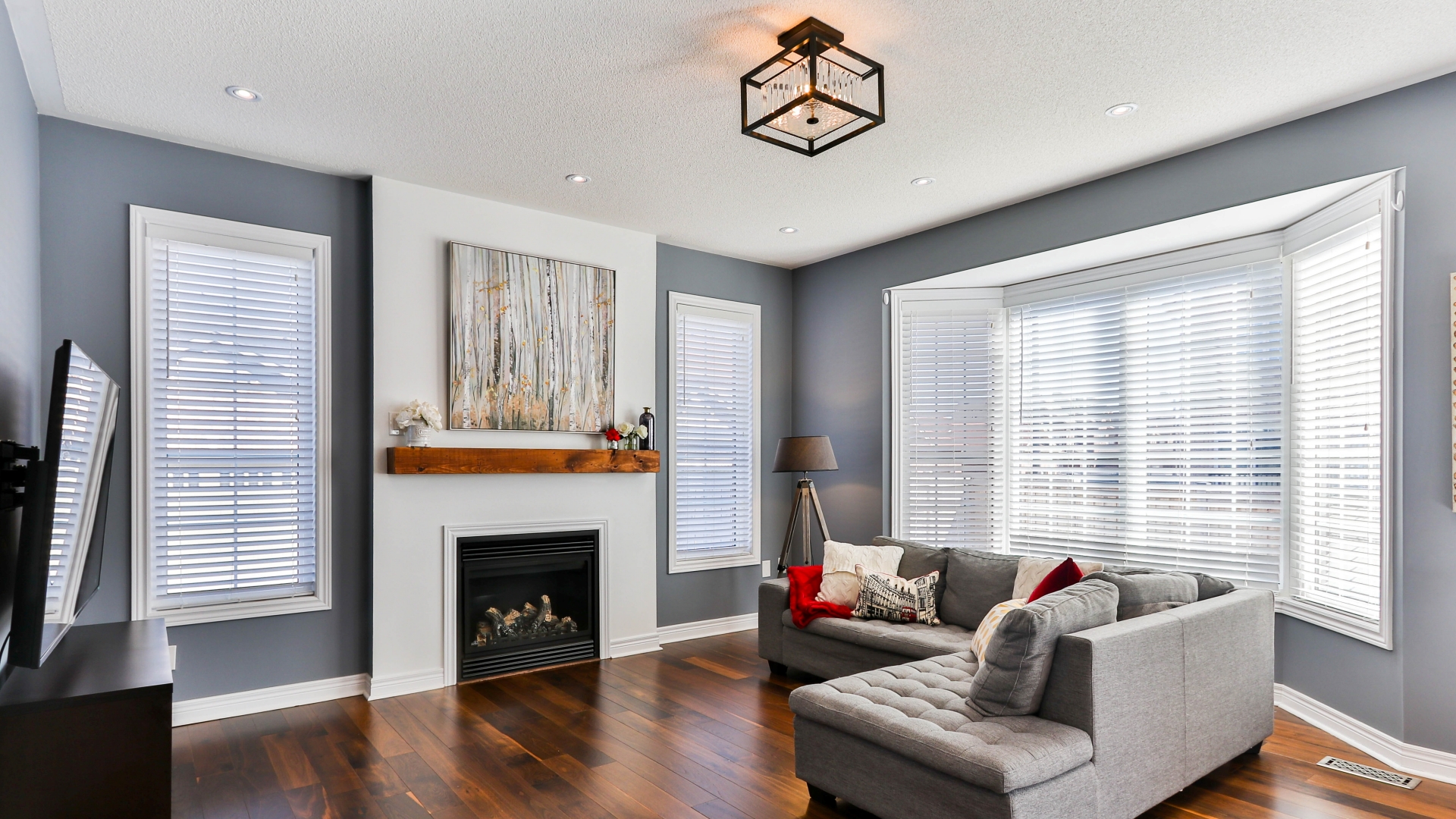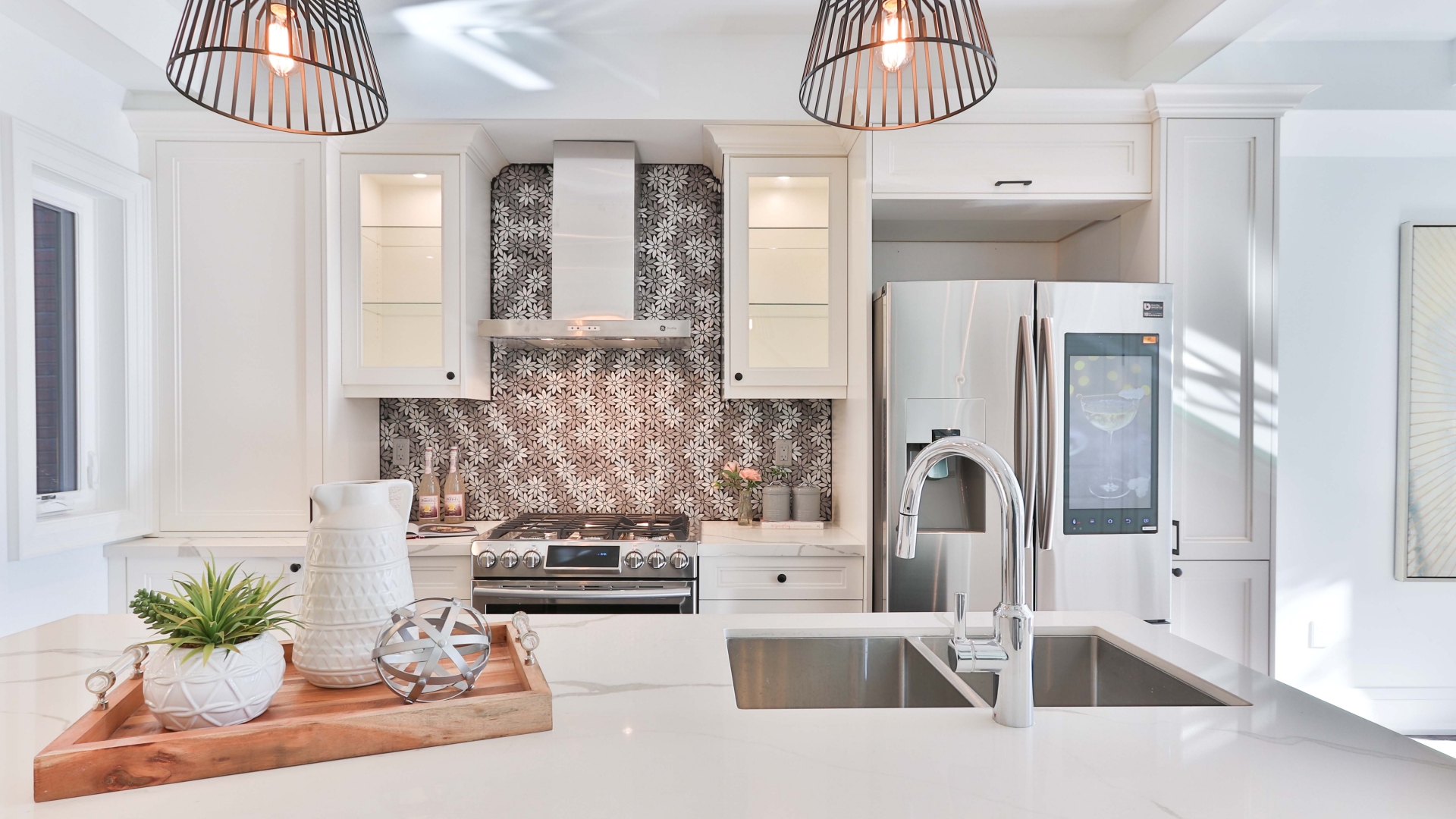There’s something special about older homes. The character in the creaky floors, the detailed trim, and the history built into every corner make them stand out from modern builds. But when it’s time to make changes or fix years of wear and tear, it can be tough to balance the new with the old. Many people want to bring their home up to date without taking away what made them love it in the first place.
The good news is that remodeling an older home doesn’t mean you have to erase its personality. With the right mindset and a smart plan, you can make a home feel fresh while keeping the warmth and charm that’s already there. It’s all about working with what you have and finding the right ways to bring out the best parts of the home.
 Source: Unsplash (CC0)
Source: Unsplash (CC0)
Start by understanding what makes the house unique
Before picking out paint colors or planning a big project, take some time to explore your home’s history. Look at the parts that make it feel different from a newer home, like crown molding, ceiling beams, or even original windows. You don’t have to keep everything, but understanding what’s already there helps you figure out what’s worth saving.
Older homes often have strong bones, which means the structure might be better than it looks. Instead of tearing down walls or replacing every surface, look for ways to clean up or repair what’s already there. This step is great for saving money and keeping the original charm alive.
Use materials that match the home’s original style
If you’re planning to replace anything during your home renovation, like flooring, windows, or cabinets, try choosing materials that feel like they belong in the home. That doesn’t mean avoiding modern products altogether, but it helps to pick ones that blend well with the age of the home.
For example, hardwood floors with a slightly worn look can make a room feel updated without looking too new. Shaker-style cabinets or cast-iron details can also match the feel of an older space. These choices help you update your home without creating a clash between old and new.
Keep original features when possible
Some of the best parts of older homes are the details that were built by hand and can’t be easily replaced. Things like vintage tiles, stained glass windows, or built-in shelves might seem outdated at first, but they’re often the features people notice and love the most.
Instead of removing them, think about ways to refresh these details. Regrouting old tile, repainting built-ins, or adding better lighting can make these features stand out again. They’re what give the house its soul, and keeping them makes your remodel feel more thoughtful and personal.
Open up the space without removing character
Older homes were built with smaller rooms and more walls, which doesn’t always match how people live today. That said, you don’t have to knock everything down to make the house feel open. Instead, look for smart ways to create flow without losing what makes the home special.
Removing part of a wall to make a wider doorway or creating a window-style pass-through between rooms can bring in more light and air without changing the layout completely. These changes help with updating your home while still keeping the cozy feeling that many older homes offer.
 Source: Unsplash (CC0)
Source: Unsplash (CC0)
Choose lighting that fits the feel of the home
Lighting can make a big difference in how a room feels. In older homes, you’ll often find outdated fixtures or dark corners that need a boost. Adding new lights is a great way to modernize a space, but it’s even better when you pick ones that match the home’s style.
Go for fixtures that echo the time period of the house or have a classic look. Brass finishes, simple lines, or even vintage-inspired pieces can bring charm while still giving you the light you need. Don’t forget to add dimmer switches or layered lighting to make every room feel warm and inviting.
Mix modern comforts with timeless design
Comfort matters, and no one wants to live in a house that feels like a museum. It’s okay to add modern elements like smart thermostats, sound systems, or heated floors. Just find ways to tuck them in without making them the focus of the room.
For instance, hiding a flat-screen TV in a built-in cabinet or using smart light bulbs in vintage-looking lamps keeps the balance between old and new. You could even install underfloor heating beneath classic tile or blend built-in speakers into crown molding. This way, your home feels comfortable and up to date, but it still holds onto its old-world charm without looking overly modern or out of place.
Be careful with your color choices
Paint can completely change the feeling of a room, but older homes don’t always look great with trendy colors. Instead of going straight for bright whites or cool greys, look for colors with warmth that bring out the tones already in the wood or walls.
Soft creams, dusty blues, or earthy greens often work well in historic spaces. You can still add bold colors if you love them, but try to use them as accents so they don’t take over the room. Deep reds, olive greens, or navy can add richness when used thoughtfully. When done right, paint can pull everything together and make the old and new parts of the home feel like they belong together, without making anything feel out of place.
Focus on thoughtful storage solutions
Many older homes weren’t built with modern storage in mind, so closets and cabinets can feel small or awkward. But you don’t need to give up style to get the storage you need. Built-in furniture, hidden drawers, or under-stair cabinets can give you space while still keeping things neat.
Adding storage into the home’s design helps keep it functional without needing bulky new furniture. It’s also a great way to hide clutter and make each room feel more peaceful. Thoughtful storage is one of those quiet changes that makes a big difference over time.
 Source: Unsplash (CC0)
Source: Unsplash (CC0)
Use textures to blend old and new
If you’re having trouble mixing old parts of the house with new ones, try focusing on textures instead of colors or shapes. Things like wood, stone, glass, and fabric all add depth to a space and help different styles work together.
For example, a smooth marble countertop can look great with rough brick walls, or a soft linen curtain can balance the look of an old wooden door. Woven rugs, metal light fixtures, or matte-finish paint can all add another layer that ties everything together. These layers of texture help your remodel feel natural and comfortable, no matter how many styles you’re working with or how much of the original home you’re trying to keep.
Take your time with the remodel
Big changes take time, and rushing through a remodel can lead to mistakes or choices you might regret later. If your budget or schedule is tight, it’s better to focus on one room at a time and do it well than try to change everything all at once.
You’ll have a better experience when you plan things out slowly and make choices that match your goals. Plus, you’ll get a chance to really enjoy the changes as they happen, instead of feeling overwhelmed by everything all at once.
Work with people who respect your home’s history
If you’re bringing in contractors or designers, find ones who understand how to work with older homes. Not everyone sees the value in old features, and you want people on your side who will help you keep the charm instead of covering it up.
Ask questions, share your ideas, and make sure they’re on the same page before the project begins. The right team will help guide your choices and support your vision for a remodel that respects both the past and your future.
Make comfort a top priority
Even though charm is important, your home should feel good to live in. Pay attention to heating, cooling, soundproofing, and ventilation as you plan your renovation. These updates might not be the most fun to spend money on, but they make a big difference every day.
Add insulation where you can, seal drafty windows, and make sure your new layout helps air move naturally through the house. These changes will make your space more comfortable all year round and help your old home feel better than ever.
Remodeling an older home is all about balance. You want to bring in new ideas without pushing out the old charm that made you love the home in the first place. With thoughtful planning, a focus on comfort, and a love for the details, you can create a space that feels both classic and fresh. Whether you’re updating your space one room at a time or diving into a full renovation, the key is to work with what you already have and let the home’s unique story guide your way forward.





